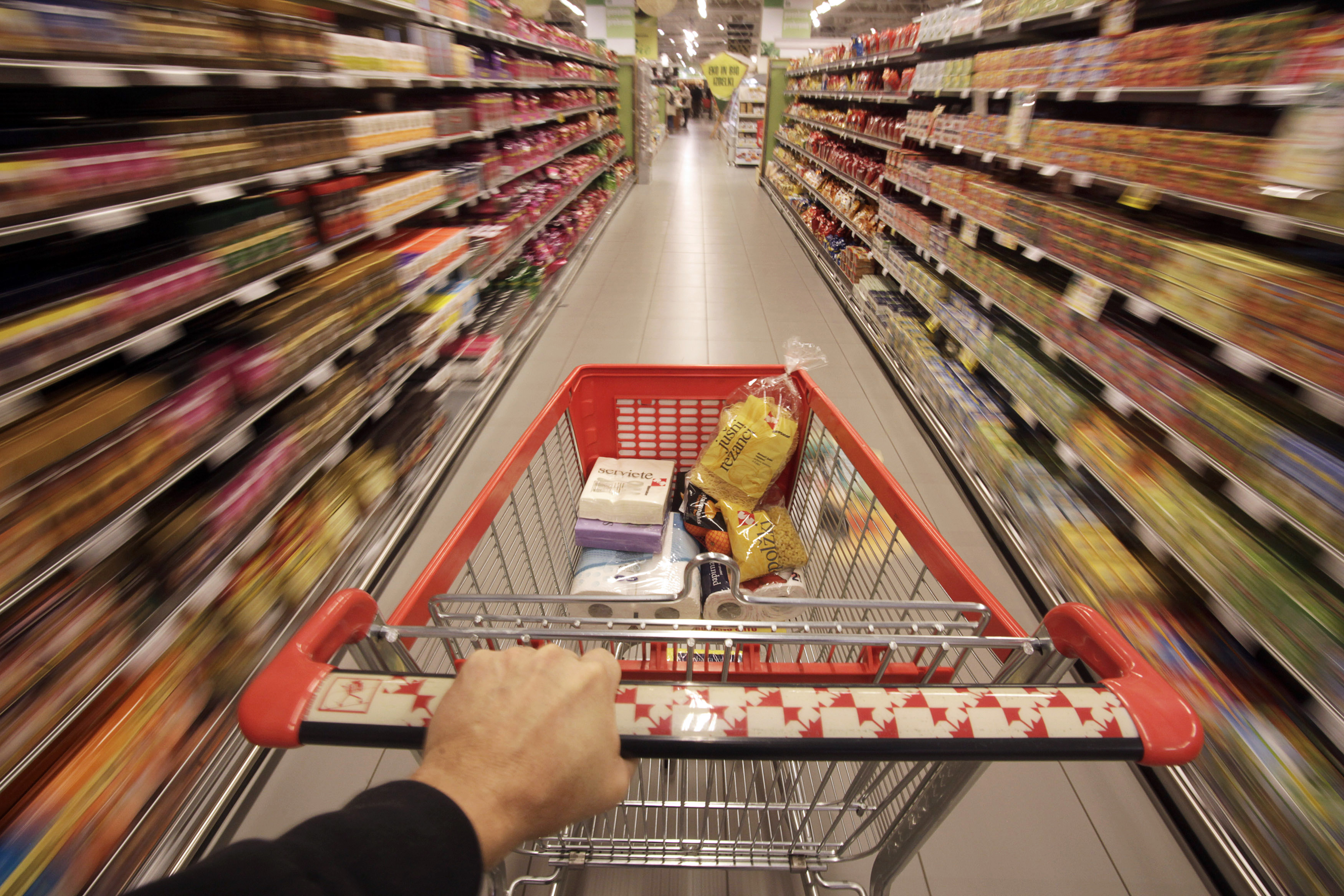
ISLAMABAD: The Pakistan Tehreek-e-Insaf (PTI) government has missed its annual target of inflation that surged to a five-year high at 7.3% in the last fiscal year due to upward revision in electricity and gas prices and 32% depreciation of the rupee in one year.
Against the annual target of 6%, the average inflation in fiscal year 2018-19 surged to 7.34%, reported the Pakistan Bureau of Statistics (PBS) on Tuesday. It was the highest average rate in the past five years. Previously in fiscal year 2013-14, the rate of inflation was 8.6%, the point from where it had started receding. The rate of inflation was more than double the annual economic growth of 3.3% recorded in the last fiscal year 2018-19 that ended on Sunday.
The government’s annual plan for the new fiscal year 2019-20 has cited that “upward adjustment in electricity and gas prices, input costs and impact of exchange rate movements” as the reasons behind missing the annual inflation target.
After coming to power, the PTI government has increased the prices of gas and electricity twice - first time in anticipation of an IMF programme and second time as part of the IMF’s prior action to qualify for a $6-billion loan package.
Inflation jumps to a five-year high of 9.41% in March
In 2018-19, the central bank let the rupee depreciate against the US dollar by 31.8% to Rs160.3, which brought imported inflation into the country. On June 28, 2018, which was the last working day of fiscal year 2017-18, the rupee-dollar parity was at Rs121.63 to a dollar.
Owing to the currency devaluation, the government had to increase the price of petrol by 25% in one year. Many shops and a hospital in Lahore have pegged prices of their goods and services to the dollar, which, if remains unchecked, will further erode the confidence of people in the local currency.
For the new fiscal year, the government has set the inflation target in the range of 11% to 13%, according to the Ministry of Finance.
However, on a month-on-month basis, the rate of inflation remained below expectations. In June, the pace of increase in prices was 8.9% - 0.2 percentage point lower than the preceding month. It was also one percentage point lower than market expectations. Core inflation - non-food and non-energy price index - remained unchanged at 7.2% in June, reported the PBS. The State Bank takes monetary policy decisions by keeping in view the year-on-year core inflation reading. It raised the key discount rate to 12.25% with effect from May 21.
The decision to increase the discount rate undermined the independence of the central bank that apparently took the step in the wake of an IMF condition.
After the last discount-rate hike, the central bank has cumulatively increased the interest rate by 5.75% since July last year aimed at curtailing aggregate demand in the economy.
The core inflation-adjusted interest rate is now positive by 5%, which is providing windfall gains to the bankers who are minting money from the government as well as private-sector borrowers.
Inflation touches 56-month high in Feb
It has massively increased the debt servicing cost for the finance ministry. About 53% of the FBR’s tax collection will be spent on debt servicing. The IMF has long been pressing Pakistan to increase the interest rate to over 14% in order to curb inflation, which the fund believes will be in double digits due to currency devaluation and imposition of new taxes.
Due to the increase in the key policy rate, the government’s borrowing rates for the Pakistan Investment Bonds have also jumped. PBS data showed that on a year-on-year basis, gas prices increased 85.3%, petrol prices jumped nearly 25% and motor vehicles by 12.73% in June alone.
Transport group inflation increased 15% in June over a year ago, prices of perishable food items rose 11.8%, alcoholic beverages and tobacco 22%, housing, water, electricity, gas and fuel group 10% and health services 8.6%.
Published in The Express Tribune, July 3rd, 2019.
Like Business on Facebook, follow @TribuneBiz on Twitter to stay informed and join in the conversation.






















































COMMENTS
Comments are moderated and generally will be posted if they are on-topic and not abusive.
For more information, please see our Comments FAQ